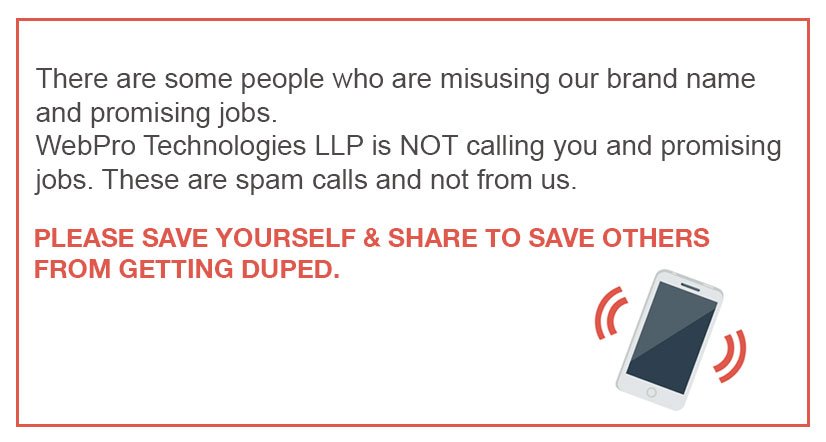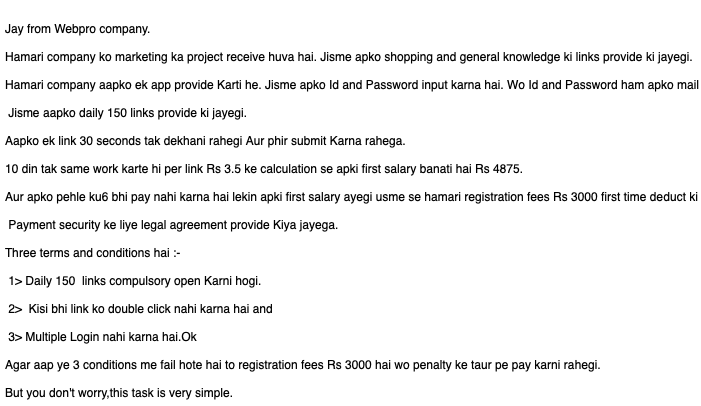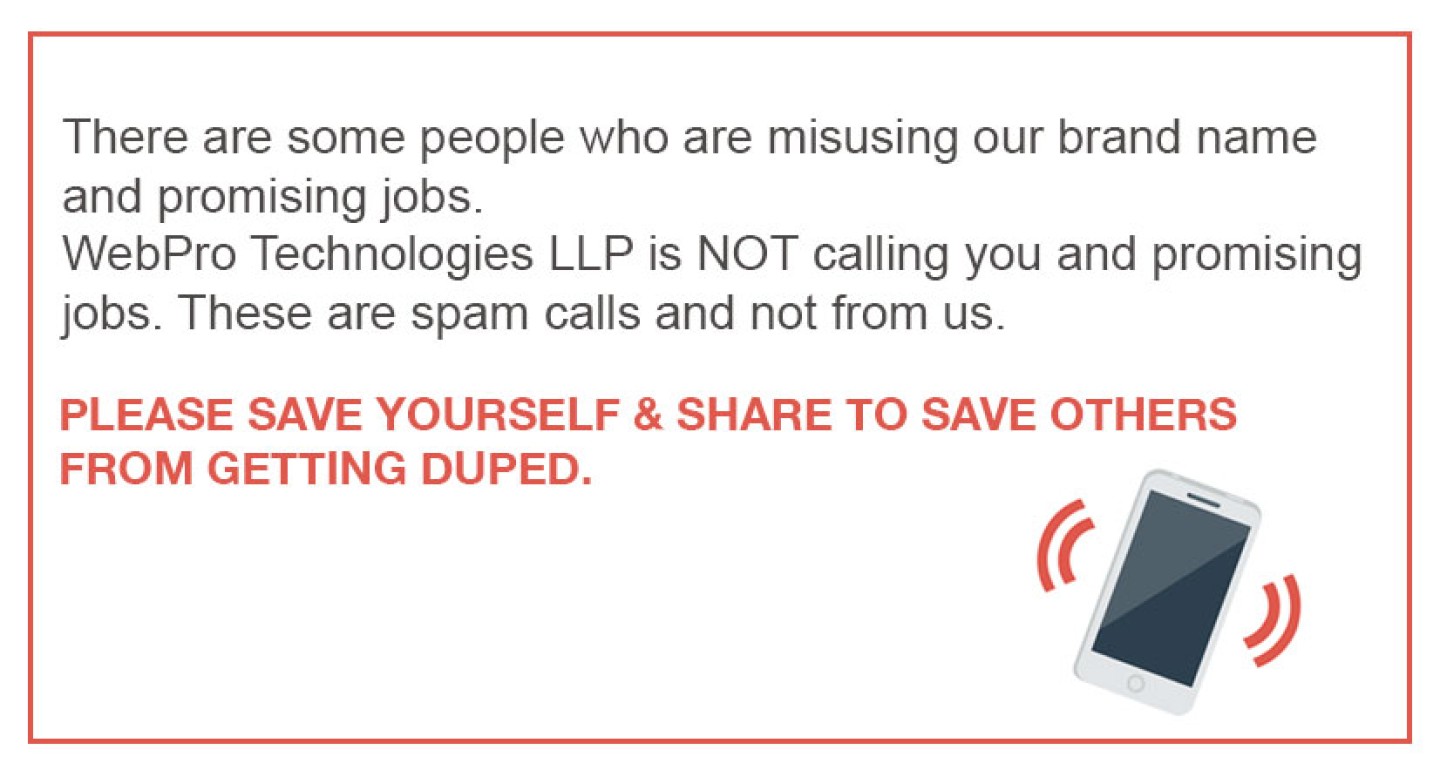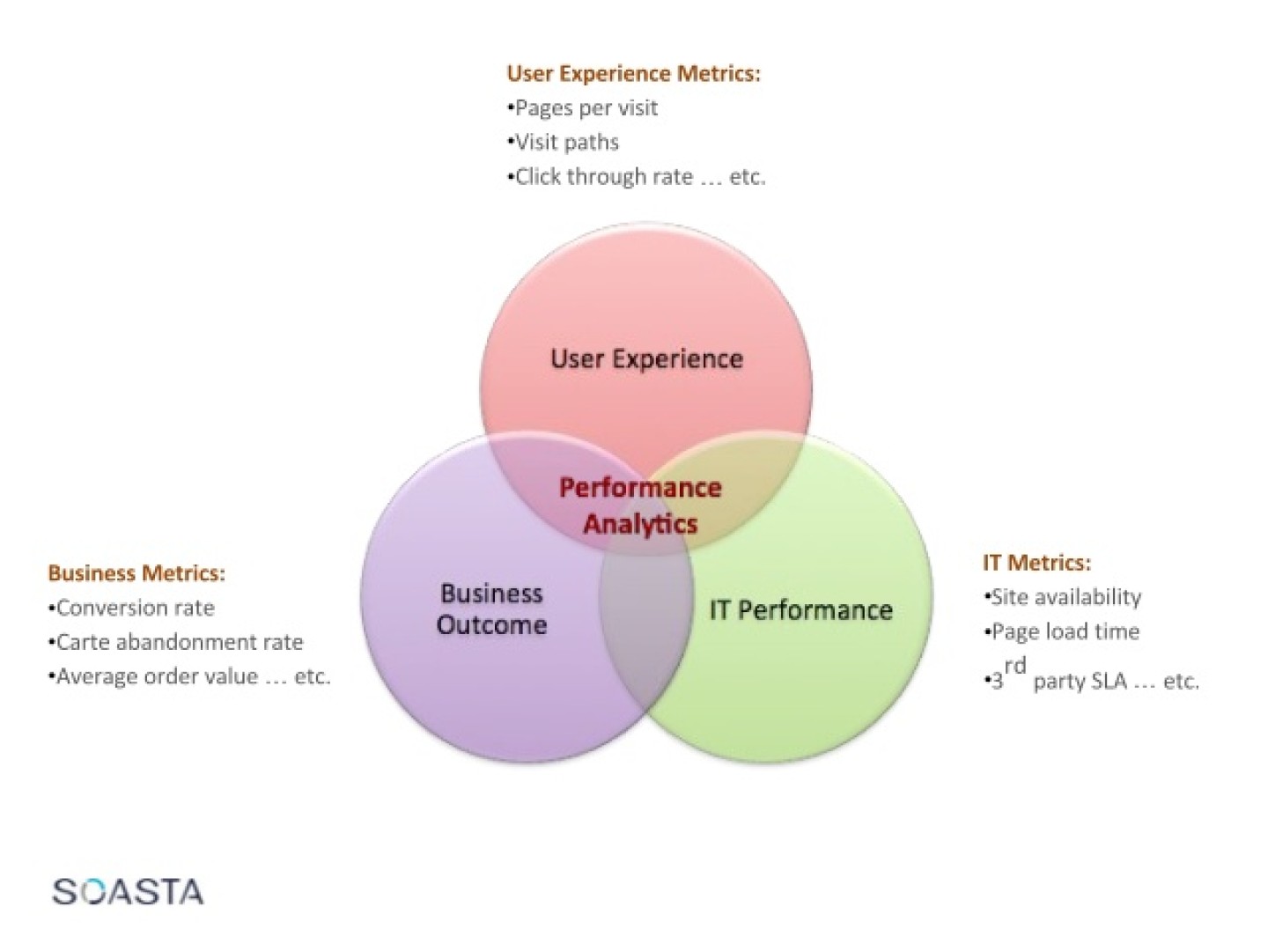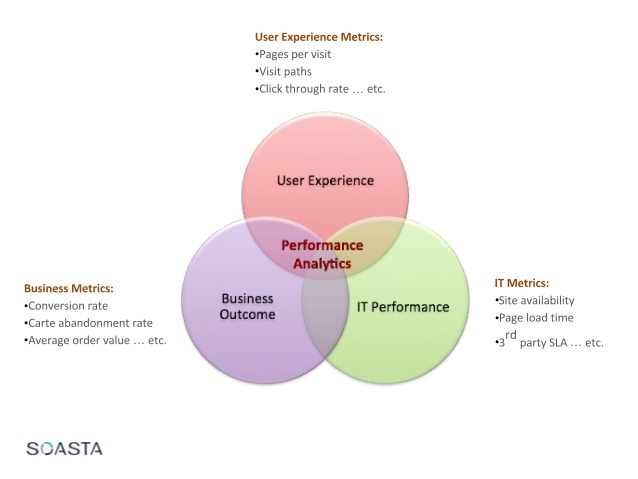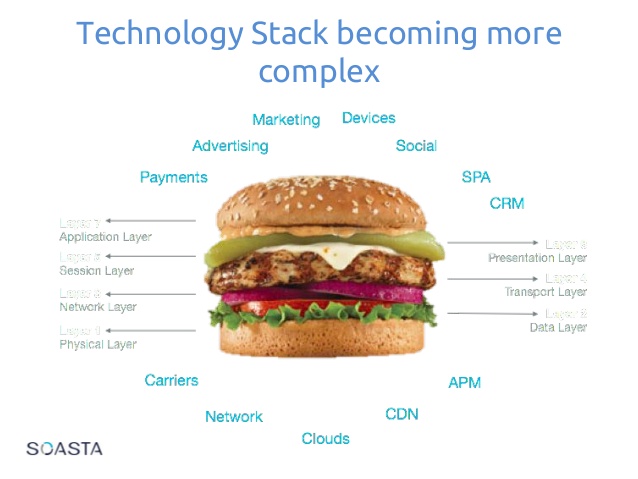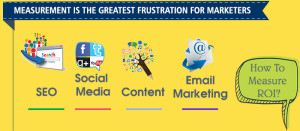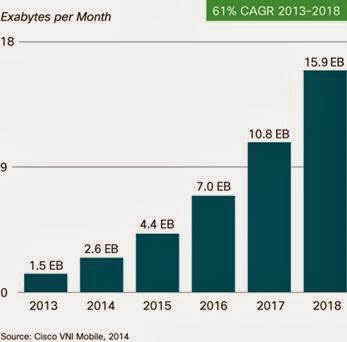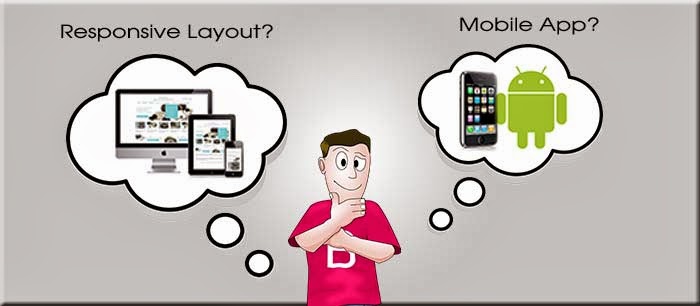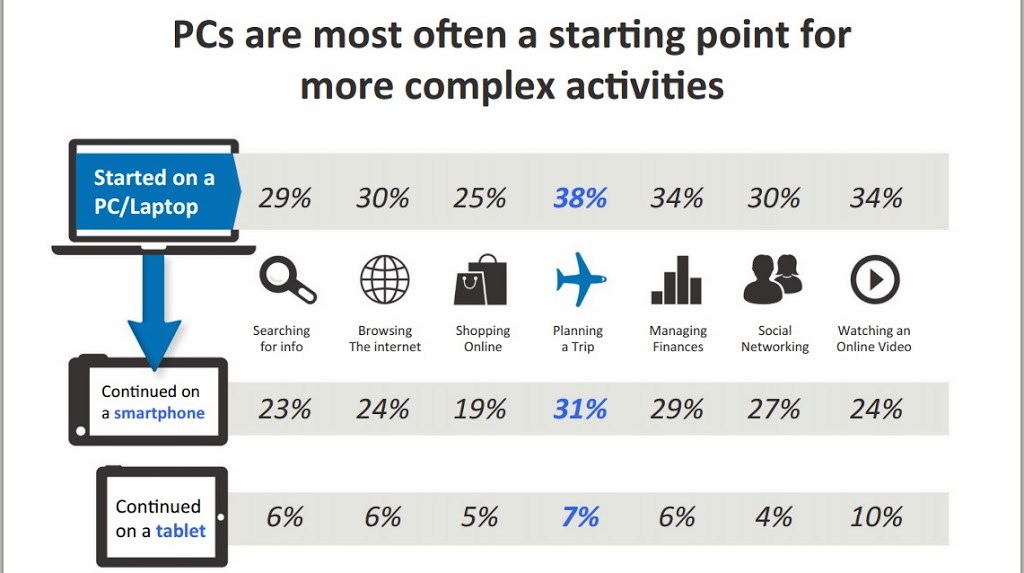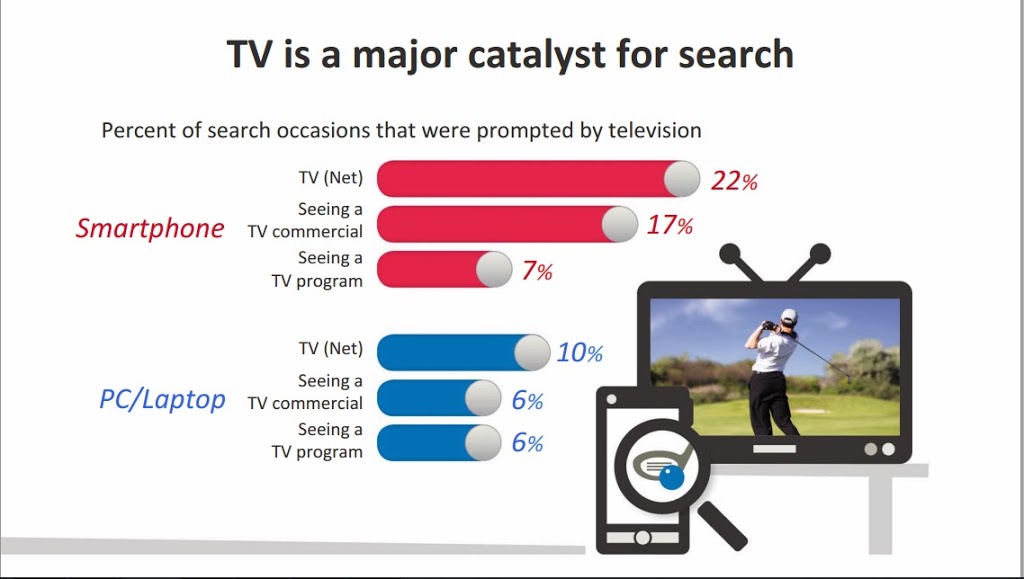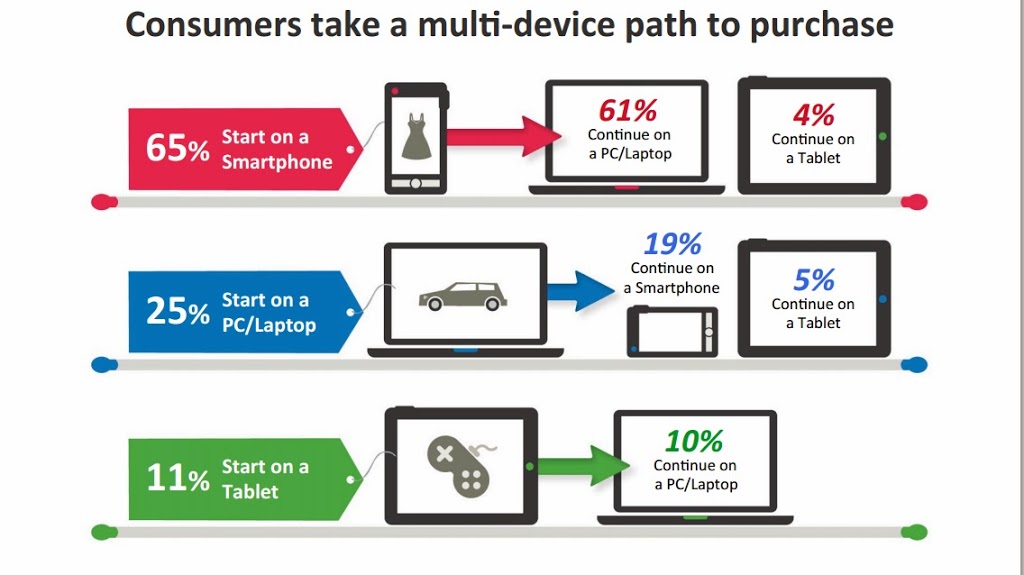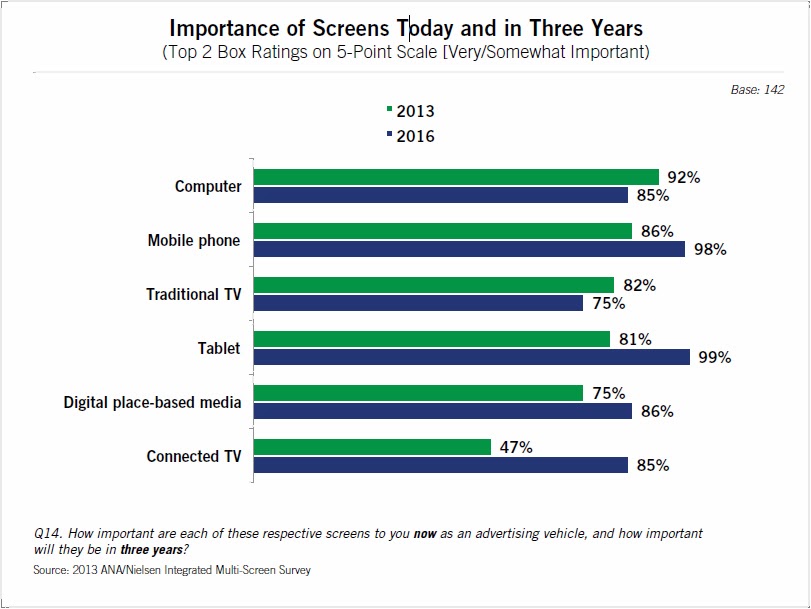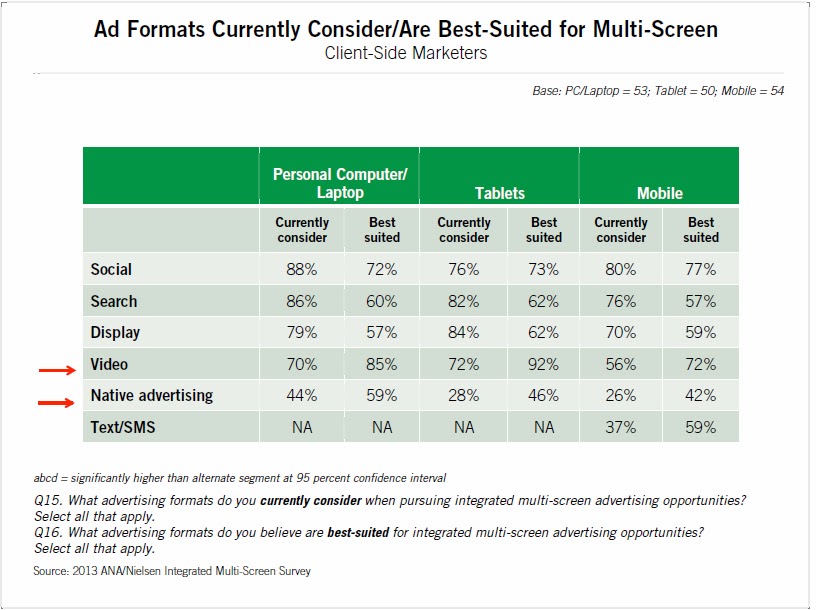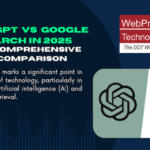Author : Bharati Ahuja
Today majority of our daily media interactions are screen based. Our time online is spread between 4 primary devices:
- Smartphone
- Tablet
- PC/laptop
- TV
The device we choose to use is determined by our context:
- The amount of time we have
- The goal we want to accomplish (to buy online or read online or just surf)
- Our location
- Our state of mind then
If we want to do some serious research, task oriented or productive work then our choice of device is usually PC or laptop. If we are on the go and want to remain connected or need info quickly then the choice of device is usually the smartphone. The tablet use is more motivated by entertainment, relaxed and leisurely approach and excess time on hand. At times the use of device can be simultaneous or may result in switching from one device to another for multitasking.
According to a research study by Google:
Smartphones are the most common starting place for online activities.
PCs are most often a starting point for more complex activities.
Tablets are most often a starting point for shopping and trip planning.
TV viewing is no longer dedicated to to viewing the programmes relayed by the channels. Consumers simultaneously also search on their smartphones or tablets or the screen available closest to them for things they see on TV.
Hence, today the potential customers of any business are multiscreen shoppers.
It Is Important to Understand Reach, Resonance, and Reaction of Multi-Screen Campaigns
According to Neilson’s 2013 survey the mobile phone is rated as the second most important screen today (at 86 percent) as an advertising vehicle, yet that rating is inconsistent with actual spending behind mobile advertising.
Ad formats which are currently best suited for multi screen
The Nielsen Multi Screen Survey report concludes that:
Integrated multi-screen advertising is a preferred strategic direction of the marketing ecosystem. There are expectations across the industry for the majority of spend to shift to integrated multi-screen campaigns within three years. With this transformation, the industry needs more insights on effective integrated multi-screen campaign management. Furthermore, we can expect a greater emphasis on mobile and other connected devices as ad platforms, and adoption of TV buying practices online and vice-versa.
Yet significant barriers to multi-screen advertising achieving its potential still exist. Measurement remains a major challenge. Specialized metrics and methodologies for each screen need to evolve from activity-based to ROI-focused. That would help determine whether multi-screen campaigns are actually paying dividends. Without an integrated way to analyze results across screens, it is likely that multi-screen campaigns will not be managed in a fully integrated manner.
Consumers are still charging ahead, with viewership becoming screen-agnostic. The advertising industry is playing catch-up. Study after study shows the benefits of multi-screen over single-screen exposure for engaging these viewers in a way that converts them to customers. As an industry, we are sub-optimizing consumer engagement by not embracing integrated multi-screen advertising more vigorously and quickly.
With this kind of consumer behavior in the online, connected, multiscreen world are you ready to put the best foot forward for your business to reach out to the potential customer on any device he is searching on?
Related posts: What Is Responsive Web Design And Why We Should Opt For It?
